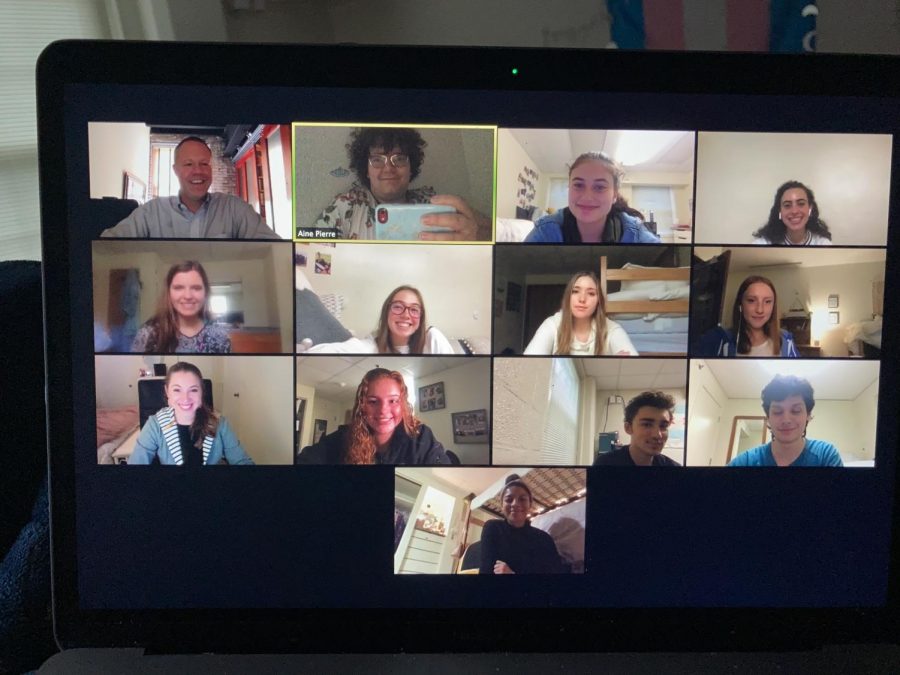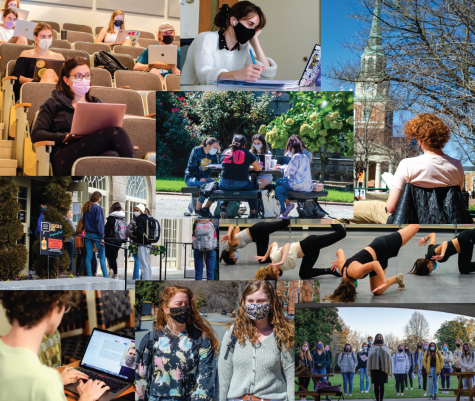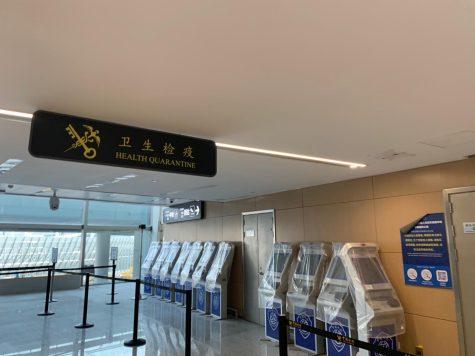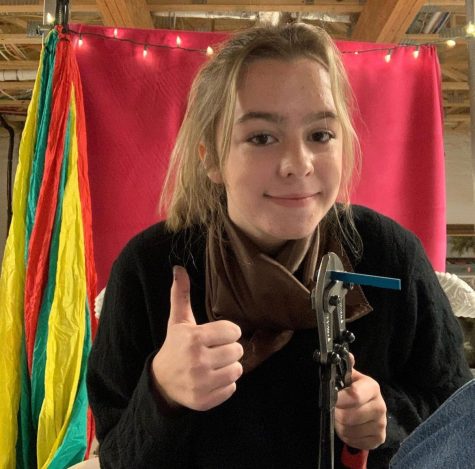We are still recovering from the pandemic
Workplaces and academic environments are still impacted
March 16, 2023
“Breaking News!” was a monotonous phrase I heard throughout 2020. When my high school transitioned to virtual learning because of the pandemic, I was dismayed but intrigued to see how events would play out, especially academically. We came to realize that a Zoom classroom was not as effective an environment for teaching — especially regarding students in primary and earlier level schooling.
I was lucky to have a reliable source of Internet to connect to my classes; however, many families struggled in this sense as they could not provide their children with the necessary resources for online school. Even though many school districts established programs to help these families, it took time for those programs to reach these households, and often, help didn’t effectively reach all of them. The COVID-19 pandemic created a serious gap in many children’s educational track.
Learning regressions and delays were most severe in children from low-income households and in developing nations, increasing preexisting gaps and posing a risk for carrying over into higher education and the workforce as children grow older. A study by Harvard University found that the average public elementary or middle school student lost the equivalent of a half-year of learning in math, and 6% of students were in districts that lost more than a full year’s worth of learning.
Many students inevitably experienced a decline in academic performance due to having to endure remote classes for an extended period of time. However, not everyone fell behind simultaneously and equally. Since the impact is uneven (especially on college admissions), this could make inequality worse throughout adulthood for the entire generation — raising concerns on a worldwide scale.
Teachers were unable to simply speed up instruction or extend the school day to catch up, and conventional solutions like private tutoring are rarely available for disadvantaged populations. The labor market needs to “brace for major downstream impacts” in the absence of innovative solutions, according to an article in the New York Times. This is all without mentioning the emotional and social impact that it had on children, as well. This shift toward a more digitized socialization has left many students dependent on their devices to interact with others, making them unable to partake in a civilized conversation in a respectful manner.
Students are then entering a more digitized workforce with significant gaps in socialization. The setting in which these younger generations live allows them to easily transition between the physical and digital worlds. Kids are creating their identities, forming relationships, learning to control their emotions and actions and avoiding an onslaught of misleading information in this mixed digital and analog world. Also, people are spending more time online than they did prior to the pandemic. As more jobs are transitioning to a virtual environment, many of the young generations continue to lack in their socialization and empathic qualities.
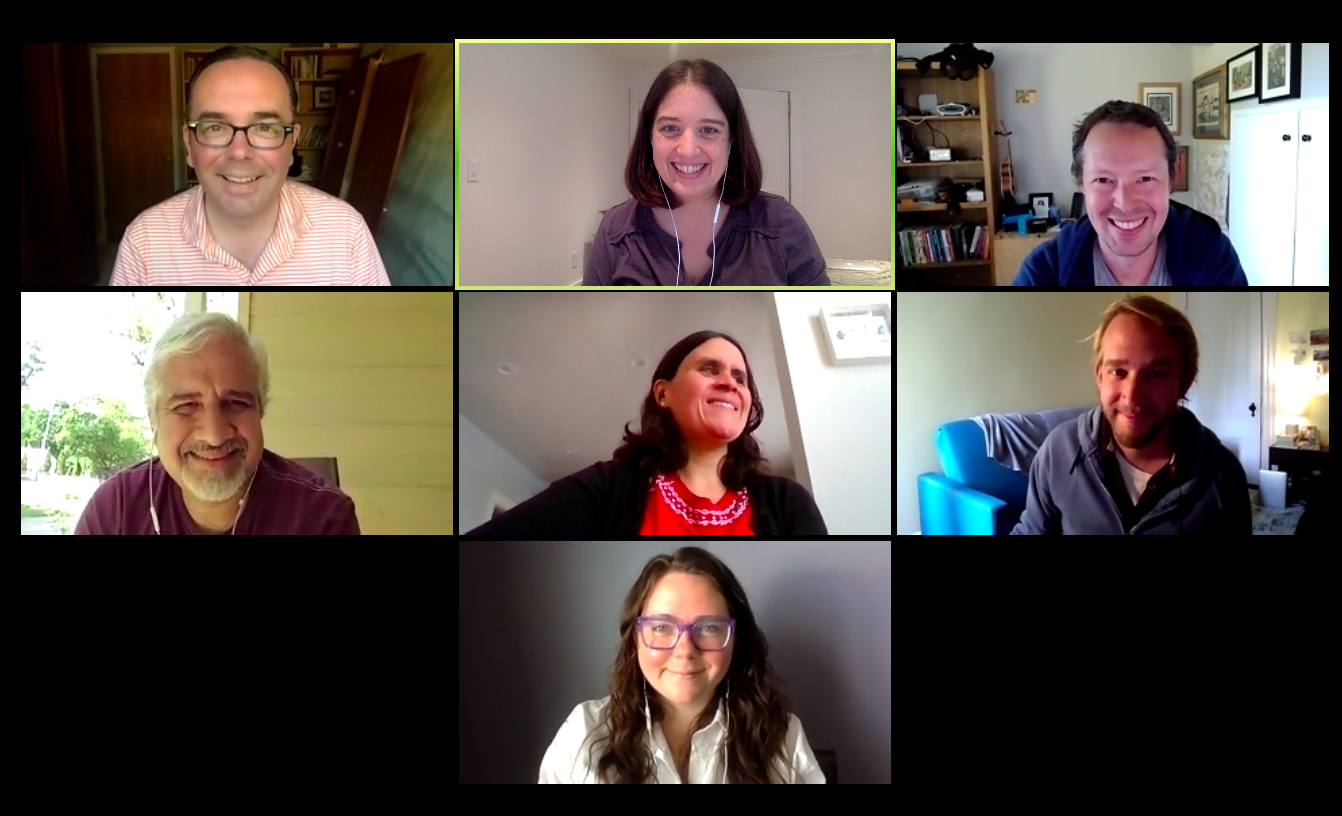
The impact of COVID-19 on the workplace is no small matter, either. Many offices required their employees to be vaccinated and tested regularly since the COVID-19 outbreak, and some have shifted to being completely remote. However, as the world enters the pandemic’s fourth year, some offices are starting to relax their safety precautions. Some even abandoned vaccination requirements, creating some controversy over the leniency in COVID regulations.
Many people still have serious health concerns about returning to work, especially those who are immunocompromised or have family members who are.
One is more likely to be back at work if they commute by car and live in a city that did not experience a rigorous COVID-19 lockdown. Hence, while offices in San Francisco and New York City still appear to be largely empty, many other cities, particularly in the South and the Midwest, have people returning to work — often five days a week. However, there are certain essential workers like healthcare providers and public transportation drivers that are not given the option to do their job remotely since it is not physically possible. Depending on where a person’s office or workplace is located in the country, the manner in which they work or the demands of their jobs can suddenly appear to be different in an era when so much is politicized.
An employee’s position will be impacted by their employer’s politics more than ever. Whether one’s company requires vaccinations for COVID-19 may be impacted by this. The gap between blue and red enterprises is now manifesting itself in a significant way for both employees and employers. One’s political and religious views are playing a role in the extent of precaution and safety they take or implement in the workplace.
These are just some of the many effects and impacts that COVID-19 has had both in the workplace and academic environment. Although restrictions are beginning to ease up, COVID-19’s effect is still apparent, as more companies are shifting to a virtual workroom. Furthermore, the time spent in confinement will also leave a detrimental effect on younger students’ academic performance as they were forced to learn fundamental lessons on a screen.


